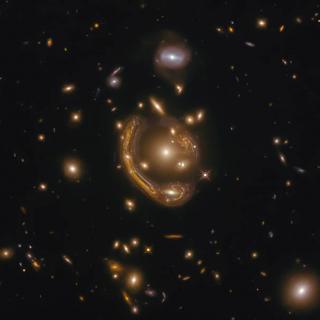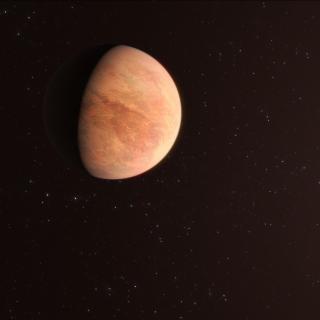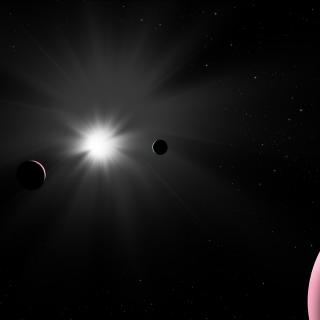
In a star like the Sun, surface magnetic activity results from the interaction between rotation, convection, and magnetic field. One of the key parameters to study the magnetic activity of stars is the Rossby number, which is the ratio between the surface rotation period of the star and the convective turnover time. The convective turnover time measures the time that takes a bubble of plasma to go from the base of the convective zone in a star like the Sun to the surface, similarly to a bubble reaching the surface in a pan with boiling water heated by the bottom. While the surface rotation
Advertised on




